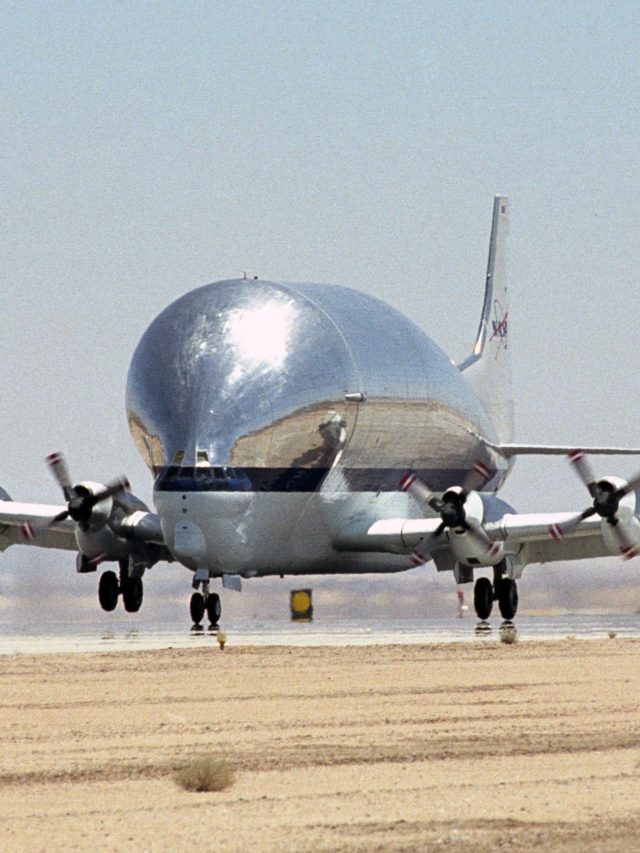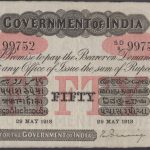Internet and digitization have become part of our everyday life. We can do anything, from making online purchases, to even selling our products and services, from making business tie-ups to making friends, from learning to teaching, everything just with the click of a button. The digital world has a dynamic growth prospect and technology keeps improving every day. However, there has been one thing which has not changed for years in this technology. And that is a QR code (Quick Response Code).
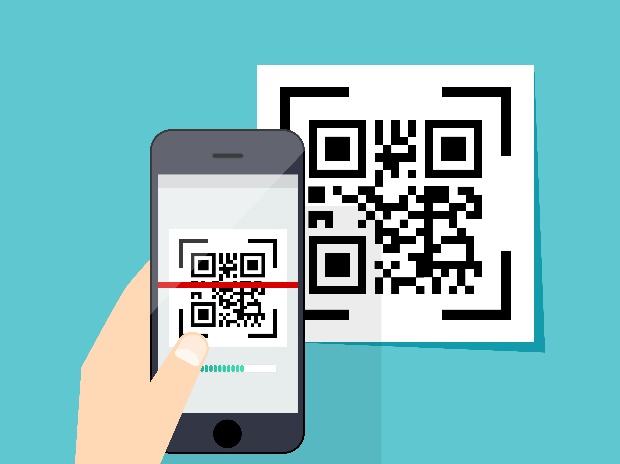
For those who are not aware of what a QR code is, you need to update yourself. Because it is everywhere already.
What is a QR Code?
Well, for one thing almost every one of us has seen a QR code and practically used it for making digital payments, or got it scanned while making a purchase or showing an ID card. However, many of us are not aware of the technicality behind it.
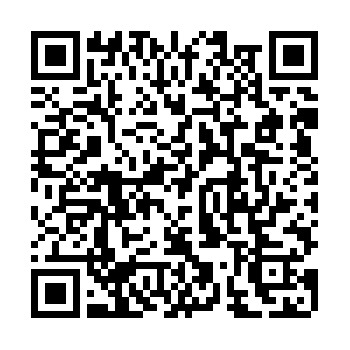
QR code technology was designed in 1994 to be used by Japanese automobile companies to track car parts. It is a natural extension and an improvisation over the conventional bar code technology (Developed in the 1970s). It of black squares arranged in a square grid pattern on a white background.
A QR code is typically an encrypted combination of all these characterization techniques. The QR code technology typically uses four standardized encoding modes viz Numeric, Alphanumeric (Combination of Text and Numbers), Byte/Binary (Machine Language), and Kanji (Chinese Logographic systems used popularly in Japan). The data contained in it either leads to a website or an application. It is read by a locator, an identifier or a tracker. These days even mobile phone cameras are equipped with QR scanners technology.
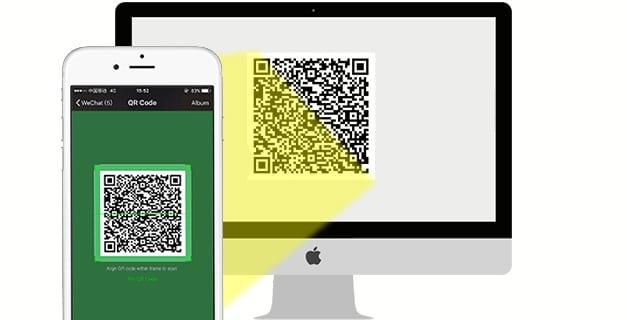
After the reader scans the QR code, it is then processed using Reed–Solomon error correction (A group of error-correcting codes) and the data present in the code within vertical and horizontal lines and square figures is appropriately interpreted for extraction and readability.
The advent of QR Code
The conventional bar-code AKA UPC Barcode (Universal Product Code-Barcode) technology was developed to be printed on the product’s packaging. It was a one-dimensional coding system. The bar-code contained the information about the product, such as manufacturing date, product expiry, quantity, contents, manufacturer’s details etc. The bar code contained horizontal black lines on a white background embarked on the products and written using magnetic ink. These codes were read by scanners enabled with the MICR technology (Magnetic Ink Character Recognition). Every code was developed using computer system software and was unique from one another because of the characters like the distance between the lines and their thickness.
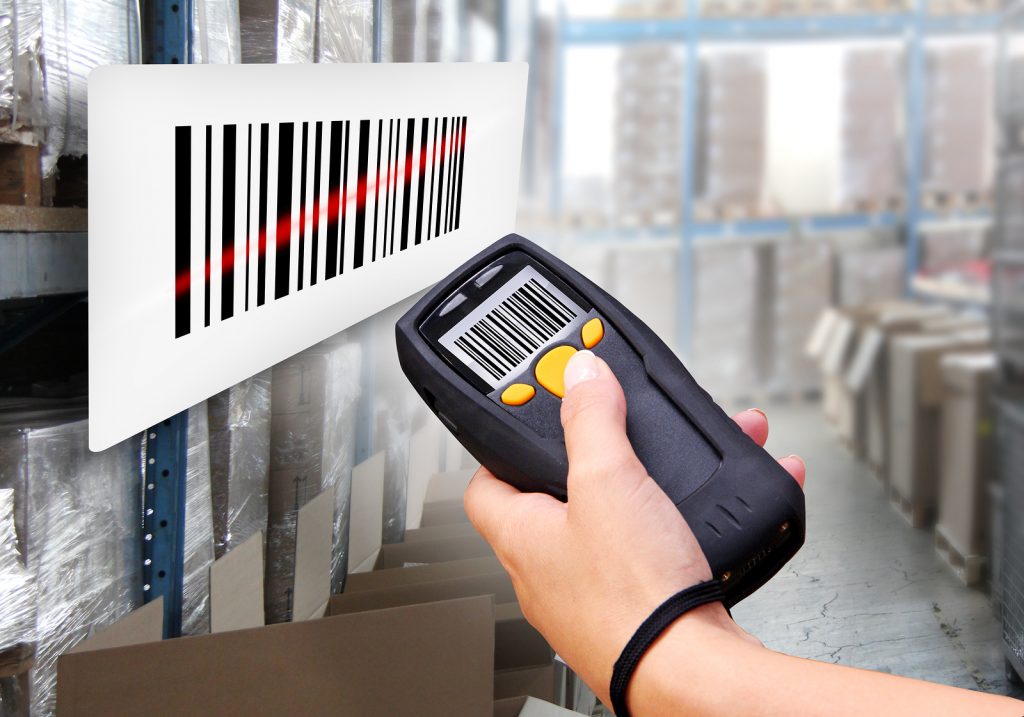
However, the technology was slow because the scanner needed to be kept at a definite angle and distance to reading the code properly. Also, the scanning process was slow. The Japanese automobile industry was growing at a never-before-seen pace and had already surpassed the German automobile industry’s growth. They needed faster means of technology to enable fast work processing.
As a result, QR codes (Two Dimensional Coding System) were designed by Denso Wave, a Japan-based global Automotive manufacturing company. They were faster as they could be read from any angle and could contain more information than a conventional QR code. Its purpose was to allow high-speed component scanning of the manufactured auto-parts.
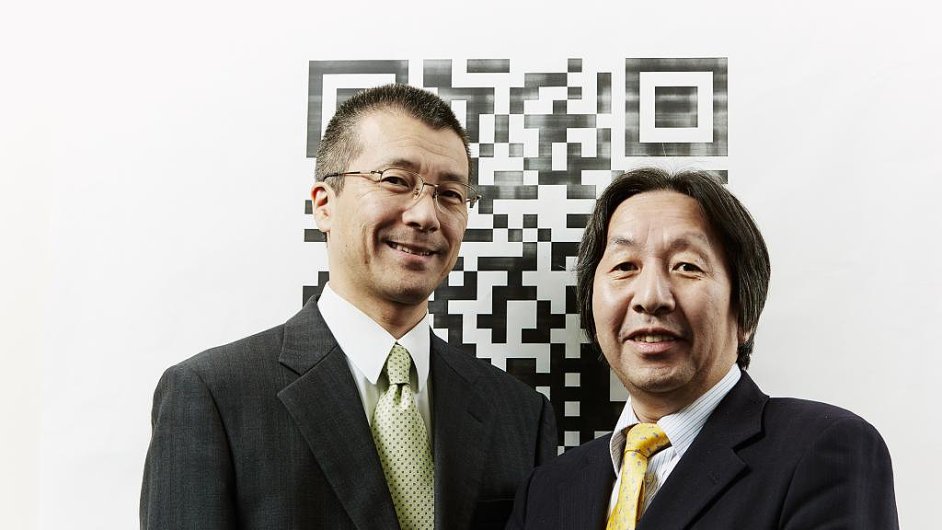
Popularity and Growth
The QR code technology is very fast in terms of processing and has better data encompassing capabilities. It for this reason that it did not take much longer for the coding system to get popular after its invention in Japan. People started using it on their products, replacing the traditional bar-coding. QR codes have a much broader context.
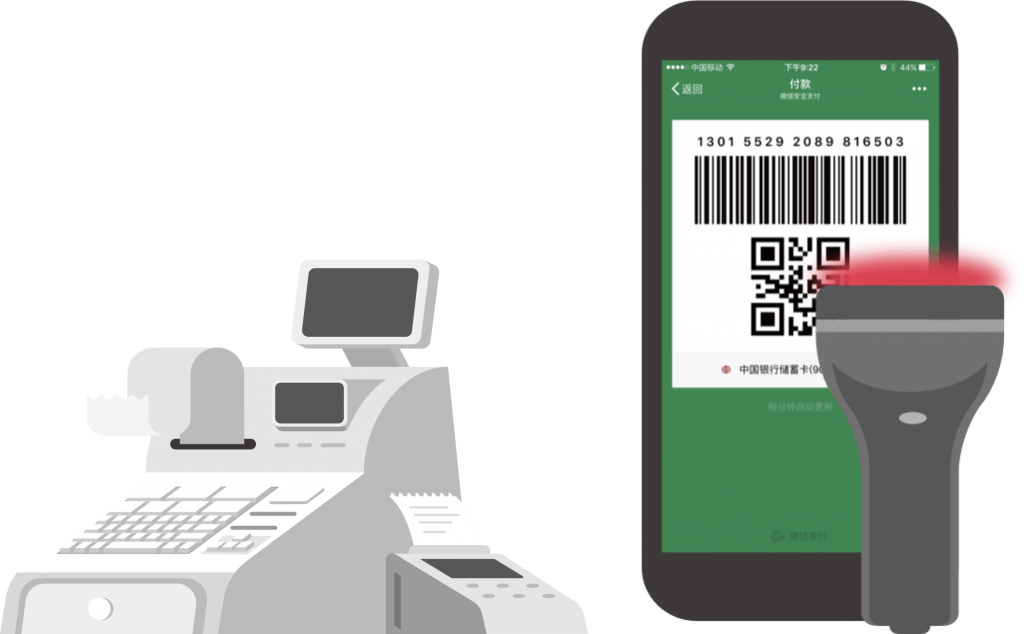
It has better application in commercial tracking applications and convenience-oriented applications. It has also transformed to be aimed at mobile-phone users being termed as mobile tagging. They can be used for displaying text to the user, can act as a security authentication to connect to a protected wireless network, import and export contacts in a device using vCard, open Uniform Resource Identifier (URI) and are already being used most prominently to make secured payments over digital payment interfaces like UPI (Unified Payment Interface), internet banking etc.
The coding system gained a lot of popularity to become one of the most-used types of two-dimensional code. It is most often being used by small business owners and entrepreneurs.
Why the QR Code?
While a standard 1D Barcode (UPC) can store only up to 30 numbers or so, a QR code has the capacity to information of as much as 7,089 characters. Thus, you store 200+ times more information in a QR code than in UPC-Barcode. This is why you can be directed to things as videos, Facebook or Twitter pages, to websites just by simply scanning it with your phone.

They are fast and easily readable by the scanners. Also, unlike bard-codes, QR codes can be scanned from any direction for 360 degrees. It makes it easier for the devices handler to scan and use it. A QR code scanner can be downloaded on a Smartphone device and most of them are free. They are easily available on the Google Play Store and Apple’s App Store.
Nowadays, several QR Code Generator software is available online as well as offline. The services can be utilized for free and in some cases with minimal fee payments. Many websites allow the user to generate unique QR codes for storing, displaying and exchanging information.
Uses of QR Codes
– A QR code can be used to store information of a web-page or a web-link to a website. You can lead your audience or customers to your website, or a Facebook page or a Youtube channel or video or post in particular, or even share your contact details on your page or website using QR code. QR codes can contain encrypted text messages.
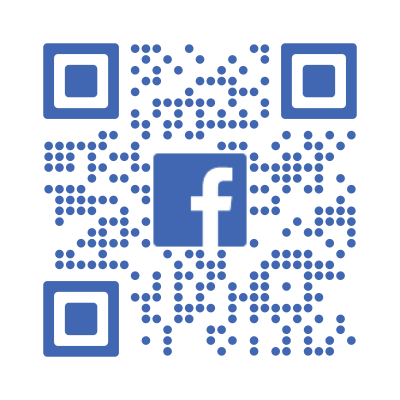
– You can also share a QR code which contains a Google map to a particular location like a restaurant or your office or a heritage site.
– Insert a QR code at the end of a Youtube video or a promotional advertisement videos, so that your viewers can scan the same and get directed to a page on your website.
– Shopkeepers use to give some discount to their customers. All they have to do is scan the code and earn a discount.
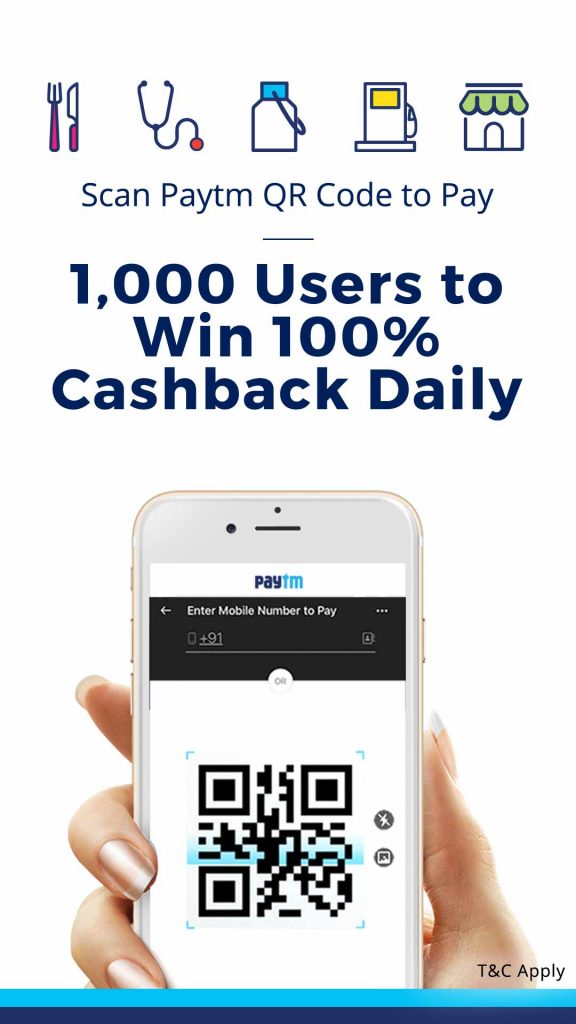
– QR codes can be used to exchange contact information by embedding a business card & other relevant contact details.
– The most unique and innovative use of the QR code is to develop a one, which can be scanned by your customers to tag or share your business online just by scanning it. E.g. customers sitting in your restaurant can scan a QR code to update their Facebook or Instagram status to let people know that they are at your restaurant.
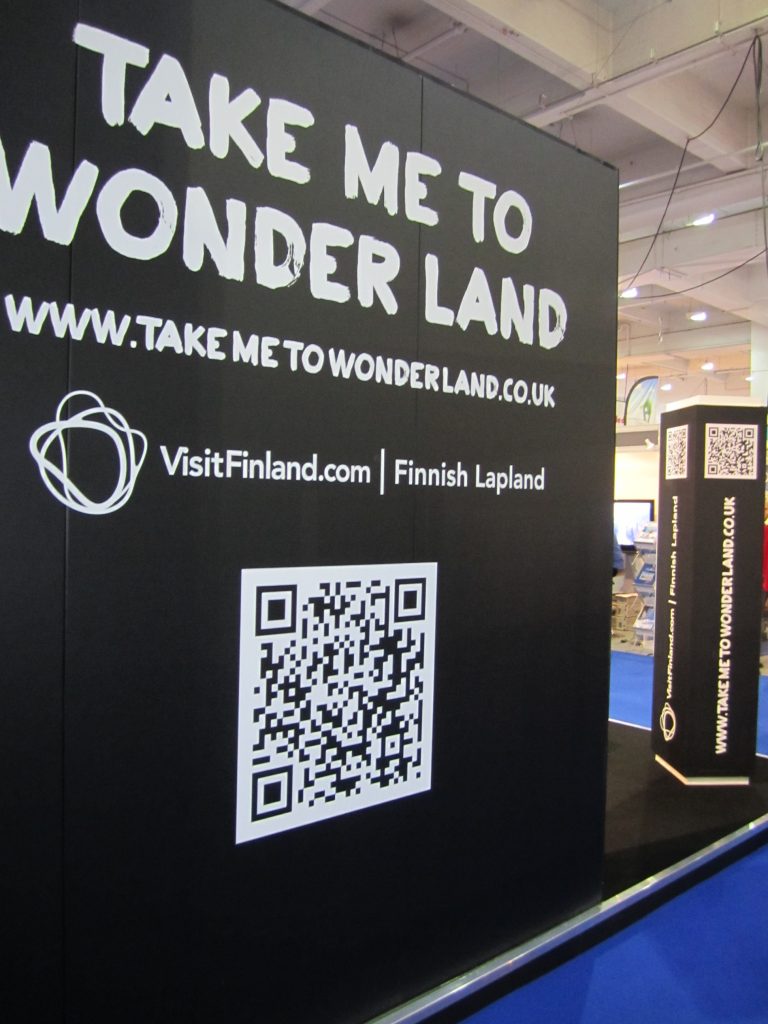
Now you know why you have been seeing these QR codes everywhere for the past few years. They have multiple advantages and extensive business applications. You can store loads of data and can engage your customers with your business in an innovative manner. Hope you got every information that you expected. If you have any other query about QR codes, feel free to leave a comment below and we’ll get back to you with the relevant information.









